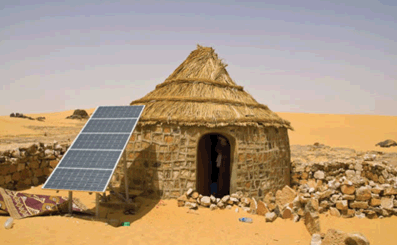The role of geographical proximity from universities and research centers in growing resilience of marginal areas : the case of the east area of Naples
DOI:
https://doi.org/10.6092/2281-4574/3736Keywords:
Network, Interaction, Marginal Urban Areas, Relationship, Requalification, Smart city, Value co-creationAbstract
Currently the concept of smart city is widespread. Its value is related to the concepts of sustainable development with regard to social cohesion, to the diffusion and availability of knowledge, creativity, freedom and mobility, environmental quality, and their relative use by advanced technologies.
Think of a smart city or even, on a smaller scale, a smart area, it means considering different variables of influence. One of these variables is the geographical proximity between universities / research centers and the territory.
Data from universities and research centers operating in different areas of technology, present in much of the literature of the field (Lawton Smith, H., 2007, 2011, 2013; Lazzeroni, M., Piccaluga, A., 2003; Lazzeroni 2010; Lazzeroni et al., 2013), show that, when the geographical distance from the source of knowledge (Universities and Research Centres) to users increases, the impact of knowledge gradually decreases.
In this article it is argued the exposed issue and above the approach is declined in particular case of marginal urban area.
Results of an empirical analysis are proposed. It regards to a real case, based on the analysis of the impacts of the recent settlement of a research center, the center Cesma of the University of Naples Federico II, in marginal east area of city of Naples, in which the Region-Body has decided to implement requalification actions.
Downloads

Downloads
Published
Issue
Section
License
Gli autori che pubblicano su questa rivista accettano le seguenti condizioni:- Gli autori mantengono i diritti sulla loro opera e cedono alla rivista il diritto di prima pubblicazione dell'opera, contemporaneamente licenziata sotto una Licenza Creative Commons - Attribuzione che permette ad altri di condividere l'opera indicando la paternità intellettuale e la prima pubblicazione su questa rivista.
- Gli autori possono aderire ad altri accordi di licenza non esclusiva per la distribuzione della versione dell'opera pubblicata (es. depositarla in un archivio istituzionale o pubblicarla in una monografia), a patto di indicare che la prima pubblicazione è avvenuta su questa rivista.
- Gli autori possono diffondere la loro opera online (es. in repository istituzionali o nel loro sito web) prima e durante il processo di submission, poiché può portare a scambi produttivi e aumentare le citazioni dell'opera pubblicata (Vedi The Effect of Open Access).

